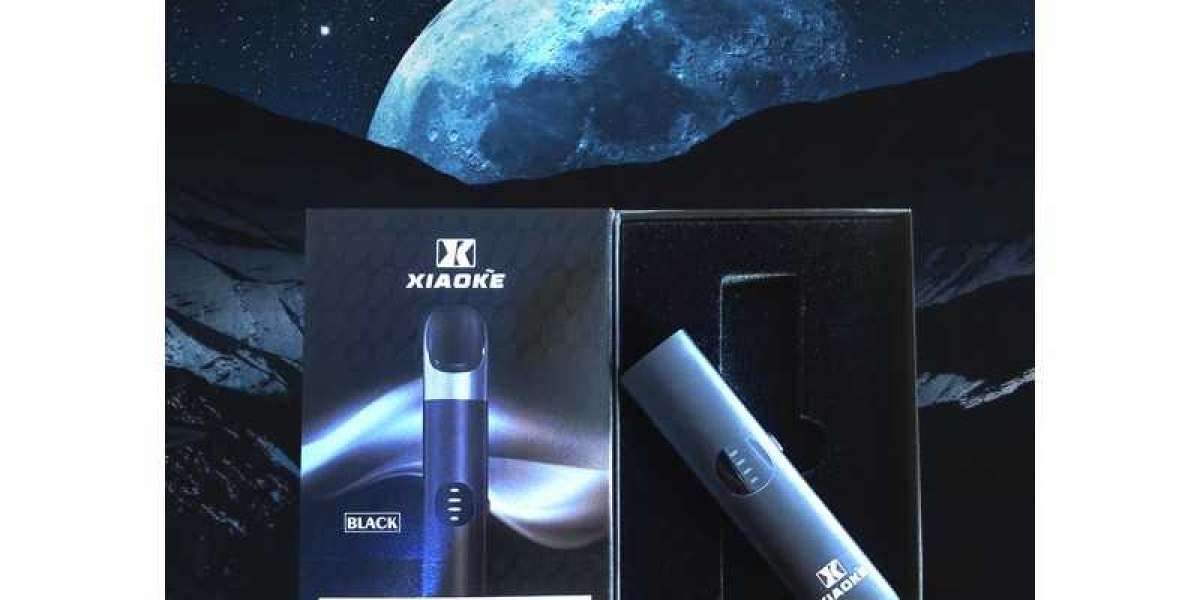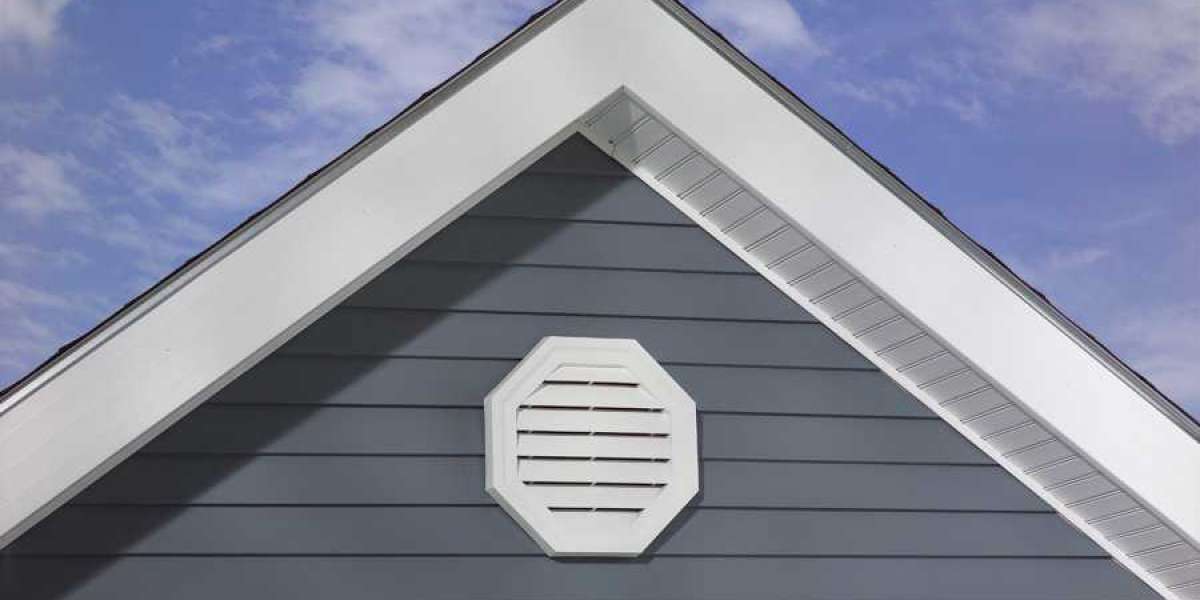Stepping into Tomorrow: Exoskeletons Powering Human Potential in Healthcare and Industry
The realm of wearable technology is expanding beyond smartwatches and fitness trackers, with exoskeletons emerging as a powerful tool to augment human capabilities in both medical and industrial fields. These robotic suits, once confined to the realm of science fiction, are now becoming a tangible reality, offering enhanced strength, mobility, and support for a wide range of applications.
Re-Walking Lives: Medical Exoskeletons Offer Hope and Independence
In healthcare, medical exoskeletons are revolutionizing rehabilitation and providing newfound independence for individuals with mobility impairments. These devices, often powered by sophisticated sensors and motors, can assist patients with spinal cord injuries, stroke, cerebral palsy, and other neurological conditions to stand, walk, and even climb stairs. Companies like ReWalk and Ekso Bionics are at the forefront, developing exoskeletons that enable users to participate more fully in daily life and therapeutic activities.
Recent advancements focus on creating lighter, more intuitive, and customizable medical exoskeletons. Features like crutch control, adjustable walking speeds, and smartphone integration are enhancing user control and engagement. Furthermore, research suggests that consistent use of medical exoskeletons can yield significant health benefits beyond mobility, including improved bowel and bladder function, circulation, and mental well-being.
Boosting Human Performance: Industrial Exoskeletons Enhance Safety and Productivity
Beyond healthcare, industrial exoskeletons are gaining traction in sectors like manufacturing, logistics, and construction. These devices are designed to support workers performing physically demanding and repetitive tasks, reducing the risk of musculoskeletal disorders and increasing productivity. Passive exoskeletons provide mechanical support, while powered versions offer active assistance for lifting, holding, and maneuvering heavy objects.
Companies like Ottobock and Hypershell are developing a range of industrial exoskeletons targeting specific body parts, such as the back, shoulders, and wrists. These suits can alleviate strain, reduce fatigue, and enable workers to perform tasks more efficiently and safely. The integration of IoT technology into some industrial exoskeletons allows for data capture and analysis of worker performance and potential ergonomic risks, paving the way for smarter and safer workplaces.
The Technological Leap: AI, Materials, and User Interface Advancements
The progress in exoskeleton technology is fueled by breakthroughs in several key areas. Artificial intelligence (AI) is being integrated to create more adaptive and responsive exoskeletons that can anticipate the user's movements and provide assistance seamlessly. Advancements in lightweight and durable materials, such as carbon fiber, are making the suits more comfortable and practical for everyday use. User-friendly interfaces, including intuitive controls and smartphone apps, are also making exoskeletons easier to operate and manage.
Overcoming Challenges and Looking Ahead
Despite the exciting advancements, challenges remain in the widespread adoption of exoskeletons. Cost, battery life for powered devices, and the need for further research into long-term physiological effects are areas that require ongoing attention. However, with continued innovation and decreasing costs, exoskeletons are poised to transition from specialized tools to more commonplace aids, augmenting human potential and transforming various aspects of our lives. The future is wearable, and it's powered by the incredible potential of exoskeletons.








